Home>Gardening & Outdoor>Landscaping Ideas>How Does Paving Over A Grass Meadow Affect The Watershed
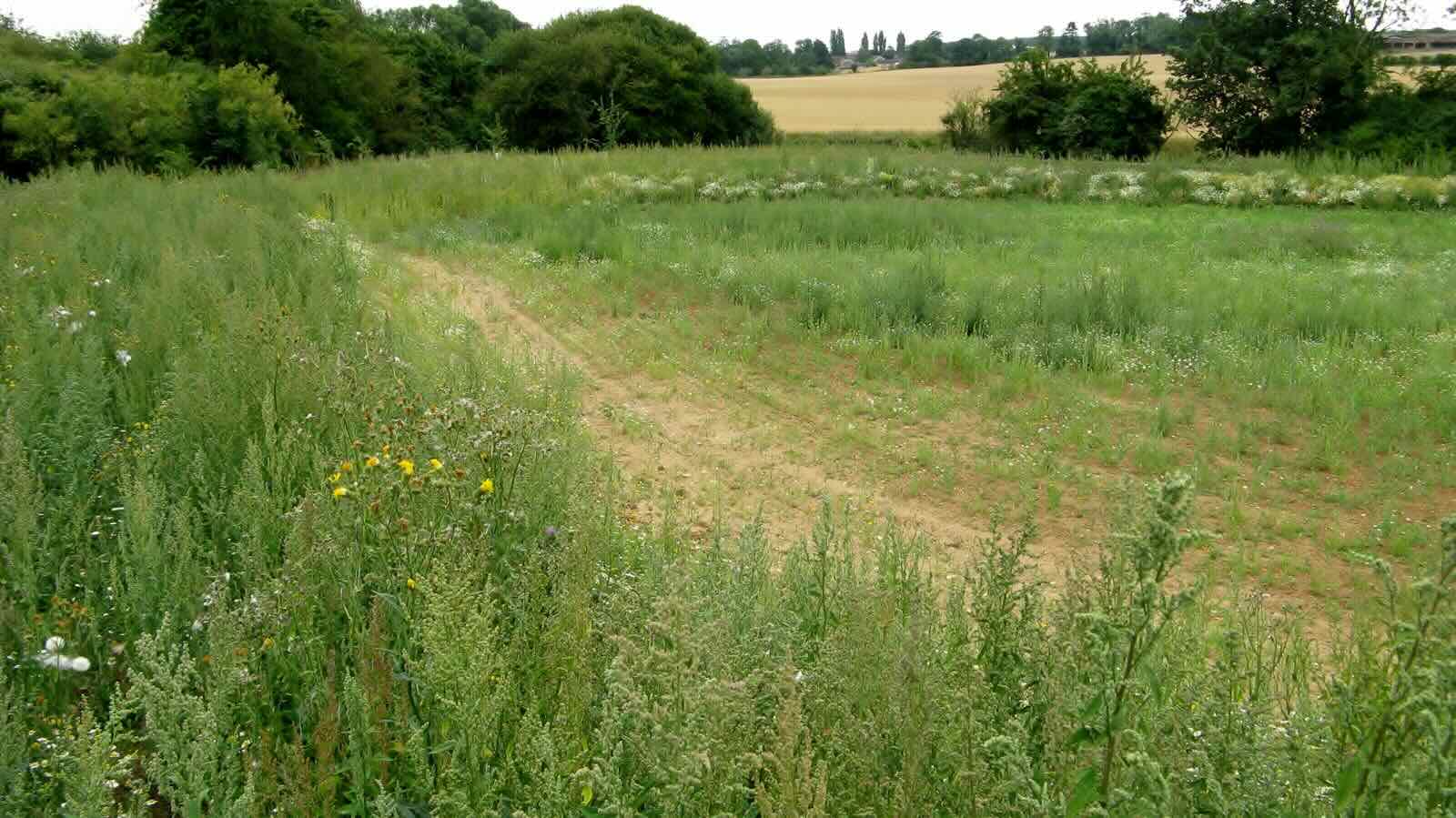

Landscaping Ideas
How Does Paving Over A Grass Meadow Affect The Watershed
Published: February 1, 2024
Discover the impact of paving over a grass meadow on the watershed and explore sustainable landscaping ideas to mitigate environmental effects. Learn how to balance development with conservation.
(Many of the links in this article redirect to a specific reviewed product. Your purchase of these products through affiliate links helps to generate commission for Storables.com, at no extra cost. Learn more)
Introduction
Grass meadows play a crucial role in maintaining the health and balance of watersheds, serving as natural sponges that absorb and filter rainwater, while also providing habitat for diverse wildlife. However, the increasing trend of paving over these meadows for urban development and infrastructure projects has raised concerns about the potential impacts on the watershed ecosystem. Understanding the consequences of such actions is essential for making informed decisions that prioritize the conservation and sustainable management of these vital landscapes.
The transformation of grass meadows into impervious surfaces, such as roads, parking lots, and buildings, can significantly alter the natural processes within watersheds. This shift has the potential to disrupt the delicate equilibrium that supports the flow and quality of water, as well as the interconnected web of life that depends on these environments. By examining the effects of paving over grass meadows, we can gain valuable insights into the far-reaching implications for water runoff, erosion, water quality, and wildlife habitats.
As we delve into the intricate relationship between grass meadows and watersheds, it becomes evident that the decisions made regarding land use and development have profound implications for the sustainability of our natural resources. By exploring the impacts of paving over grass meadows, we can foster a deeper appreciation for the intricate balance that sustains watersheds and the invaluable services they provide to both the environment and society. Through this exploration, we can also uncover potential strategies to mitigate the adverse effects of urbanization on these vital ecosystems, ultimately working towards a harmonious coexistence between human activities and the natural world.
Key Takeaways:
- Paving over grass meadows disrupts the natural balance of watersheds, leading to increased water runoff, erosion, and pollution, impacting wildlife habitats and water quality.
- Implementing green infrastructure and conservation efforts can help mitigate the adverse effects of urbanization on watersheds, preserving wildlife habitats and promoting a sustainable coexistence between humans and nature.
Read more: How Much Does Infill Affect Strength
The Importance of Grass Meadows in Watersheds
Grass meadows serve as integral components of watersheds, playing a multifaceted role in maintaining the ecological balance and functionality of these vital landscapes. These expansive green spaces act as natural sponges, absorbing and retaining rainwater, thereby mitigating the impacts of stormwater runoff. By capturing and slowing the flow of water, grass meadows help to recharge groundwater reserves and reduce the risk of flooding in downstream areas. This crucial function not only safeguards human communities from potential water-related hazards but also sustains the overall health of the watershed ecosystem.
Furthermore, grass meadows contribute significantly to the filtration and purification of water within watersheds. The dense root systems of grasses and other vegetation act as natural filters, trapping sediments and pollutants carried by runoff. This process helps to improve water quality by reducing the influx of contaminants into streams, rivers, and other water bodies. As a result, the preservation of grass meadows is essential for safeguarding the integrity of freshwater resources and supporting the diverse array of aquatic life that depends on clean and unpolluted habitats.
In addition to their hydrological functions, grass meadows provide critical habitat for a wide range of plant and animal species. The rich biodiversity supported by these meadows contributes to the overall resilience and stability of the watershed ecosystem. From providing nesting sites for birds to offering forage and shelter for small mammals and insects, grass meadows foster a thriving web of life that is essential for the ecological balance of the watershed. Moreover, these habitats serve as corridors for wildlife movement, facilitating the dispersal of species and promoting genetic diversity within the watershed.
The aesthetic and recreational value of grass meadows further enhances their significance within watersheds. These open spaces offer opportunities for outdoor activities, such as hiking, birdwatching, and nature appreciation, fostering a deeper connection between people and the natural environment. Additionally, the visual appeal of grass meadows contributes to the overall landscape aesthetics, enriching the quality of life for communities and providing spaces for relaxation and rejuvenation.
In essence, the preservation of grass meadows within watersheds is paramount for sustaining the ecological, hydrological, and cultural values associated with these landscapes. Recognizing and safeguarding the importance of grass meadows is essential for ensuring the long-term health and functionality of watersheds, as well as fostering a harmonious coexistence between human activities and the natural world.
Impacts of Paving Over a Grass Meadow
Paving over a grass meadow can have far-reaching and detrimental impacts on the delicate balance of the watershed ecosystem. The transformation of these natural landscapes into impervious surfaces, such as roads, parking lots, and buildings, disrupts the intricate processes that sustain the functionality and health of watersheds. As rainwater encounters impermeable surfaces, the natural absorption and filtration capabilities of grass meadows are compromised, leading to a cascade of effects that reverberate throughout the watershed.
One of the primary consequences of paving over a grass meadow is the alteration of water runoff patterns. Instead of being absorbed and retained by the soil and vegetation, rainwater rapidly accumulates on paved surfaces, leading to increased volumes of runoff. This surge in water flow can overwhelm drainage systems and exacerbate the risk of flooding in downstream areas. The rapid conveyance of stormwater also diminishes the opportunity for natural infiltration, reducing the recharge of groundwater reserves and disrupting the natural hydrological cycle of the watershed.
Furthermore, the loss of grass meadows to impervious surfaces contributes to heightened erosion risks within the watershed. Without the stabilizing presence of vegetation, the erosive forces of runoff are intensified, leading to the degradation of stream banks and the sedimentation of water bodies. This sedimentation not only impairs aquatic habitats but also diminishes water quality by introducing excessive sediment and associated pollutants into the watershed.
The impact of paving over grass meadows extends beyond hydrological concerns, encompassing significant implications for water quality. As rainwater rushes over impervious surfaces, it accumulates various pollutants, including oils, heavy metals, and chemicals, before being discharged into water bodies. This influx of contaminants poses a threat to the ecological integrity of the watershed, jeopardizing the health of aquatic organisms and compromising the suitability of water for human consumption and recreational activities.
Moreover, the conversion of grass meadows into paved areas disrupts the intricate web of life that depends on these habitats. The loss of critical wildlife habitats and corridors diminishes biodiversity and fragments ecosystems, impeding the movement and dispersal of plant and animal species. This fragmentation can lead to isolation and reduced genetic diversity, ultimately undermining the resilience of the watershed's ecological communities.
In essence, the impacts of paving over a grass meadow reverberate throughout the watershed, affecting water runoff, erosion, water quality, and wildlife habitats. Understanding these consequences is essential for informed decision-making regarding land use and development, as well as for devising effective strategies to mitigate the adverse effects of urbanization on watersheds.
Changes in Water Runoff and Erosion
Paving over a grass meadow fundamentally alters the natural dynamics of water runoff within the watershed. Unlike the permeable surface of grass meadows, impervious surfaces such as asphalt and concrete do not allow water to infiltrate the soil. As a result, rainwater that would have been absorbed and retained by the grass meadow is swiftly transformed into runoff, leading to increased volumes of water flowing over the paved areas. This surge in runoff can overwhelm drainage systems, leading to flooding in downstream areas and disrupting the delicate balance of the watershed.
The rapid conveyance of stormwater over impervious surfaces also diminishes the opportunity for natural infiltration, reducing the recharge of groundwater reserves. This alteration in the natural hydrological cycle of the watershed can have profound implications for the availability of water resources and the overall stability of the ecosystem. Additionally, the increased volume and velocity of runoff can lead to heightened erosion risks, as the erosive forces of water are intensified in the absence of the stabilizing presence of vegetation.
Erosion within the watershed is further exacerbated by the loss of the protective cover provided by grass meadows. The dense root systems of grasses and other vegetation play a crucial role in stabilizing soil and preventing erosion. When these meadows are paved over, the soil becomes more susceptible to erosion, leading to the degradation of stream banks and the sedimentation of water bodies. This sedimentation not only impairs aquatic habitats but also diminishes water quality by introducing excessive sediment and associated pollutants into the watershed.
The combined effects of increased water runoff and heightened erosion pose significant challenges for the overall health and functionality of the watershed. By altering the natural flow and dynamics of water, paving over grass meadows disrupts the intricate balance that sustains the hydrological processes within the watershed. Understanding these changes is essential for recognizing the far-reaching impacts of urbanization on watersheds and for devising effective strategies to mitigate the adverse effects of paving over grass meadows.
In essence, the transformation of grass meadows into impervious surfaces has profound implications for water runoff and erosion within the watershed, underscoring the need for informed decision-making and proactive measures to safeguard the integrity of these vital landscapes.
Paving over a grass meadow can increase water runoff, leading to more erosion and pollution in the watershed. It’s important to consider the impact on the environment before making changes to natural landscapes.
Effects on Water Quality
The conversion of grass meadows into impervious surfaces through paving has significant and far-reaching effects on the quality of water within the watershed. As rainwater encounters paved areas, it accumulates various pollutants, including oils, heavy metals, and chemicals, before being swiftly conveyed into water bodies. This influx of contaminants poses a substantial threat to the ecological integrity of the watershed, jeopardizing the health of aquatic organisms and compromising the suitability of water for human consumption and recreational activities.
The rapid conveyance of stormwater over impervious surfaces diminishes the opportunity for natural filtration and purification, leading to an increased influx of pollutants into water bodies. The loss of the natural filtration provided by grass meadows exacerbates the challenges associated with maintaining water quality within the watershed. As a result, the accumulation of pollutants in water bodies can lead to a range of adverse effects, including the degradation of aquatic habitats, the impairment of water clarity, and the disruption of ecological processes.
Furthermore, the introduction of excessive sediment and associated pollutants into water bodies due to heightened erosion risks exacerbates the degradation of water quality. Sedimentation resulting from erosion can smother aquatic habitats, impairing the suitability of water for aquatic life. Additionally, the presence of pollutants such as heavy metals and chemicals can have toxic effects on aquatic organisms, leading to disruptions in the ecological balance of the watershed.
The compromised water quality resulting from the paving over of grass meadows has implications that extend beyond the ecological realm. It also impacts the suitability of water for human use and consumption. As pollutants accumulate in water bodies, the quality of drinking water sources may be compromised, necessitating additional treatment processes to meet regulatory standards. Moreover, the degradation of water quality can diminish the recreational value of water bodies, impacting activities such as swimming, fishing, and boating.
In essence, the effects of paving over grass meadows on water quality within the watershed are profound and multifaceted. Understanding these impacts is essential for recognizing the full scope of the consequences associated with urbanization and for devising effective strategies to mitigate the adverse effects on water quality. By addressing the challenges posed by the transformation of grass meadows into impervious surfaces, it is possible to work towards sustaining the integrity of water resources and the ecological balance of watersheds.
Read more: How Does Ground Cover Affect Erosion
Disruption of Wildlife Habitats
The transformation of grass meadows into impervious surfaces through paving has profound and detrimental effects on the intricate web of life that depends on these vital habitats within the watershed. Grass meadows serve as critical wildlife habitats, providing food, shelter, and breeding grounds for a diverse array of plant and animal species. However, the loss of these habitats to urbanization disrupts the delicate balance of the watershed ecosystem, leading to fragmentation, loss of biodiversity, and diminished resilience of ecological communities.
One of the primary consequences of paving over grass meadows is the loss of critical wildlife habitats. These meadows support a rich assemblage of plant species, which in turn sustains a diverse array of insects, small mammals, and birds. The transformation of these natural landscapes into impervious surfaces diminishes the availability of suitable habitats for these species, leading to habitat loss and fragmentation. As a result, wildlife populations may become isolated, reducing genetic diversity and increasing the vulnerability of species to environmental changes and disturbances.
Moreover, the disruption of wildlife habitats due to the paving over of grass meadows impedes the movement and dispersal of plant and animal species within the watershed. These meadows not only provide essential habitat for resident species but also serve as corridors for wildlife movement, facilitating the exchange of genetic material and promoting the resilience of ecological communities. However, the fragmentation of habitats resulting from urbanization hinders the natural movement of species, leading to isolation and reduced connectivity between populations.
The loss of critical wildlife habitats within the watershed has far-reaching implications for the overall biodiversity and ecological balance of the ecosystem. As species lose their habitats and corridors, the resilience of ecological communities diminishes, making them more susceptible to environmental pressures and disturbances. Additionally, the disruption of wildlife habitats can lead to imbalances within the food web, impacting the interactions between species and altering the dynamics of the watershed ecosystem.
In essence, the paving over of grass meadows disrupts the intricate web of life that depends on these vital habitats within the watershed. Understanding the consequences of habitat disruption is essential for recognizing the full scope of the impacts associated with urbanization and for devising effective strategies to mitigate the adverse effects on wildlife habitats. By addressing the challenges posed by the transformation of grass meadows into impervious surfaces, it is possible to work towards sustaining the integrity of wildlife habitats and promoting the resilience of ecological communities within watersheds.
Mitigation Strategies for Paving Over Grass Meadows
Mitigating the adverse impacts of paving over grass meadows within watersheds requires a multifaceted approach that prioritizes the conservation and sustainable management of these vital landscapes. By implementing proactive strategies and innovative solutions, it is possible to minimize the detrimental effects of urbanization on watersheds while fostering a harmonious coexistence between human activities and the natural environment.
One of the key mitigation strategies involves the implementation of green infrastructure practices to mimic the natural functions of grass meadows within urban landscapes. This approach emphasizes the incorporation of permeable surfaces, such as permeable pavement and green roofs, to promote infiltration and reduce stormwater runoff. By integrating green infrastructure elements into urban design and development, it is possible to mitigate the loss of natural absorption and filtration provided by grass meadows, thereby reducing the impacts of paving on water runoff and erosion.
Furthermore, the preservation and restoration of grass meadows through conservation initiatives and land-use planning play a pivotal role in mitigating the adverse effects of urbanization. By identifying and protecting critical grassland habitats within watersheds, it is possible to safeguard essential wildlife habitats and maintain the ecological integrity of the landscape. Additionally, the restoration of degraded grass meadows through re-vegetation and habitat enhancement efforts can contribute to the recovery of biodiversity and the promotion of ecological resilience within the watershed.
Community engagement and education also form integral components of mitigation strategies for paving over grass meadows. By raising awareness about the importance of these landscapes and the potential impacts of urbanization, it is possible to garner support for conservation efforts and sustainable land-use practices. Community involvement in habitat restoration projects and the establishment of green spaces within urban areas can further contribute to mitigating the loss of grass meadows and promoting the coexistence of human communities and natural ecosystems.
Incorporating nature-based solutions, such as constructed wetlands and riparian buffers, into watershed management plans can also mitigate the impacts of paving over grass meadows. These natural features serve to enhance water quality, reduce erosion, and provide critical habitat for a variety of species, contributing to the overall resilience of the watershed ecosystem.
In essence, the implementation of mitigation strategies for paving over grass meadows requires a comprehensive and collaborative approach that integrates green infrastructure, conservation efforts, community engagement, and nature-based solutions. By prioritizing the preservation and sustainable management of these vital landscapes, it is possible to mitigate the adverse effects of urbanization on watersheds and work towards a more sustainable and resilient coexistence between human activities and the natural world.
Frequently Asked Questions about How Does Paving Over A Grass Meadow Affect The Watershed
Was this page helpful?
At Storables.com, we guarantee accurate and reliable information. Our content, validated by Expert Board Contributors, is crafted following stringent Editorial Policies. We're committed to providing you with well-researched, expert-backed insights for all your informational needs.
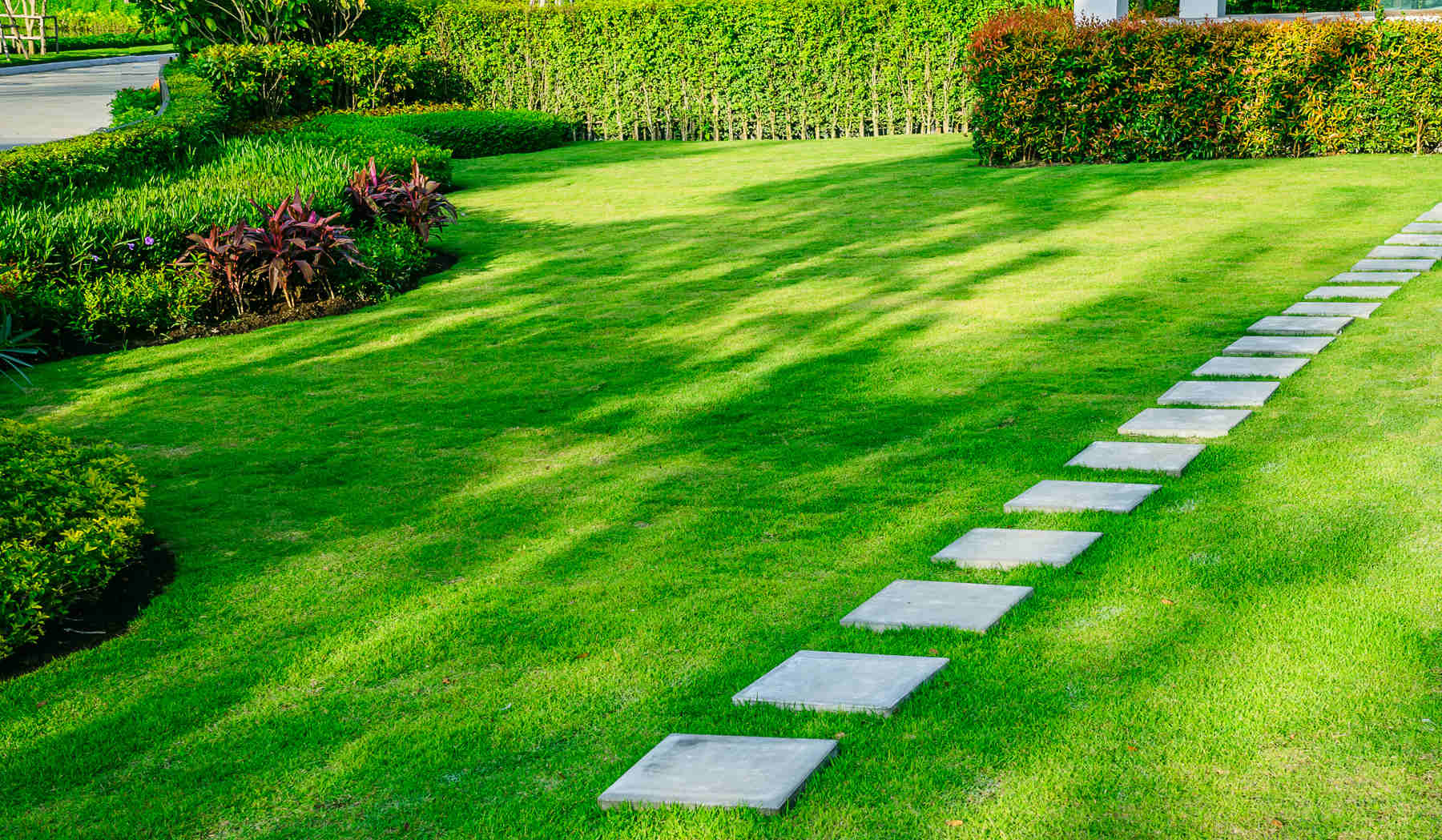
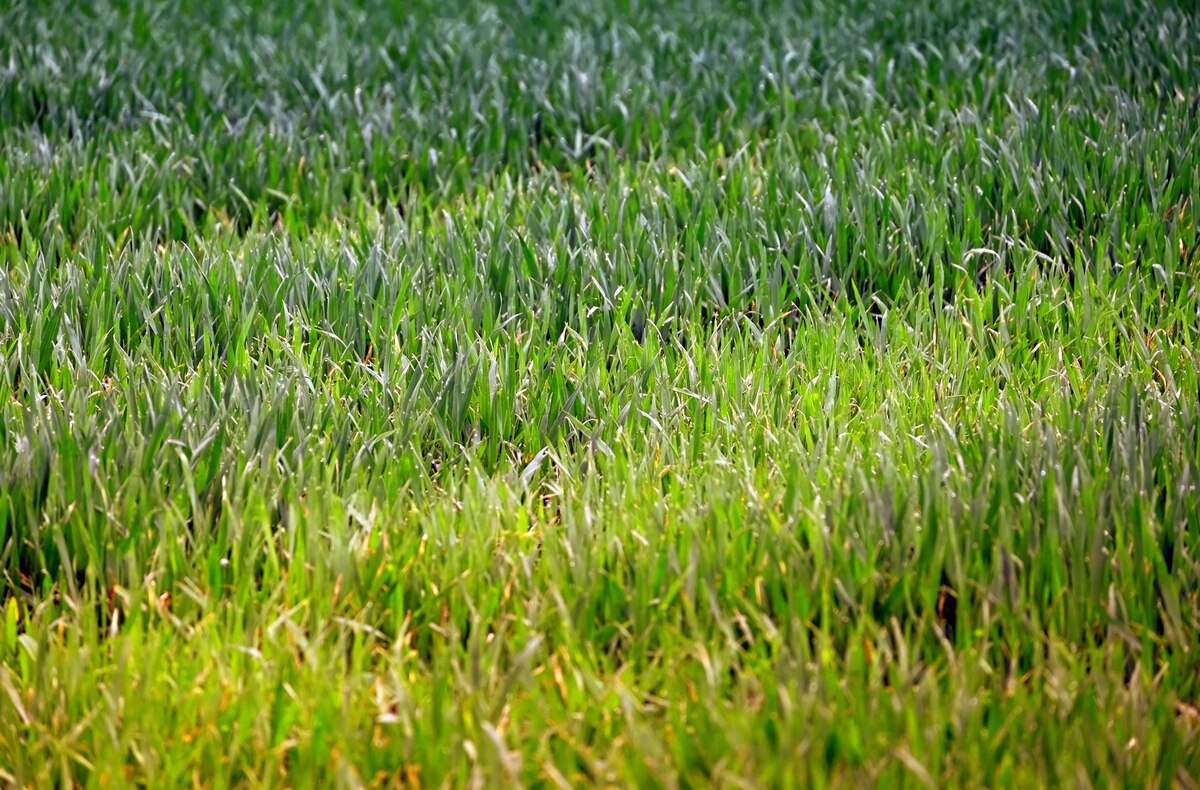
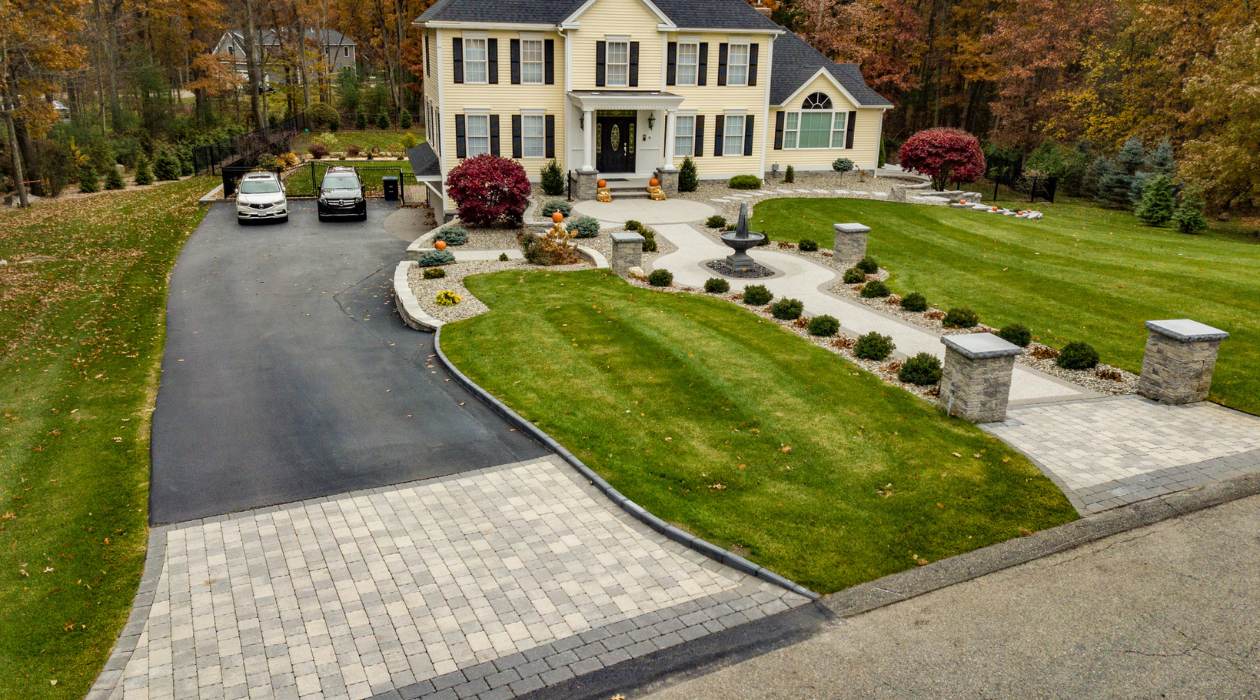

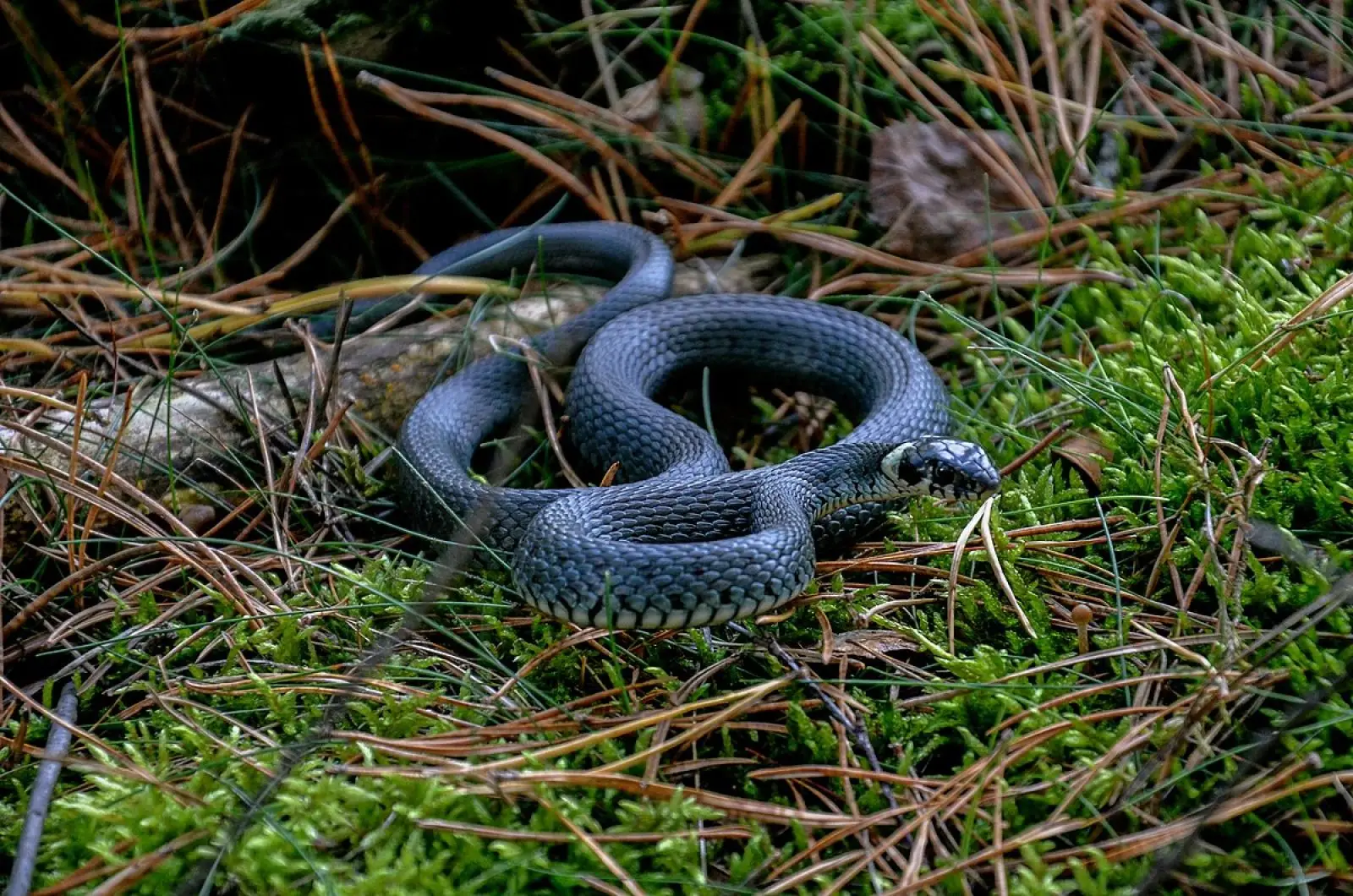
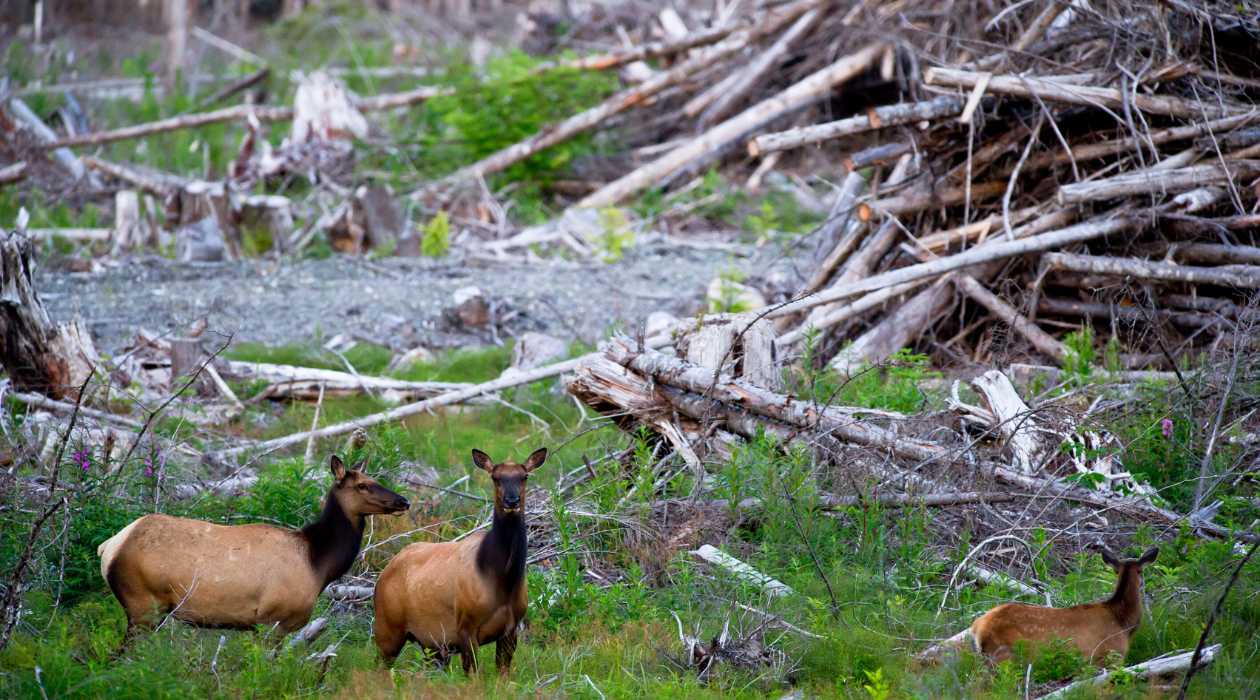
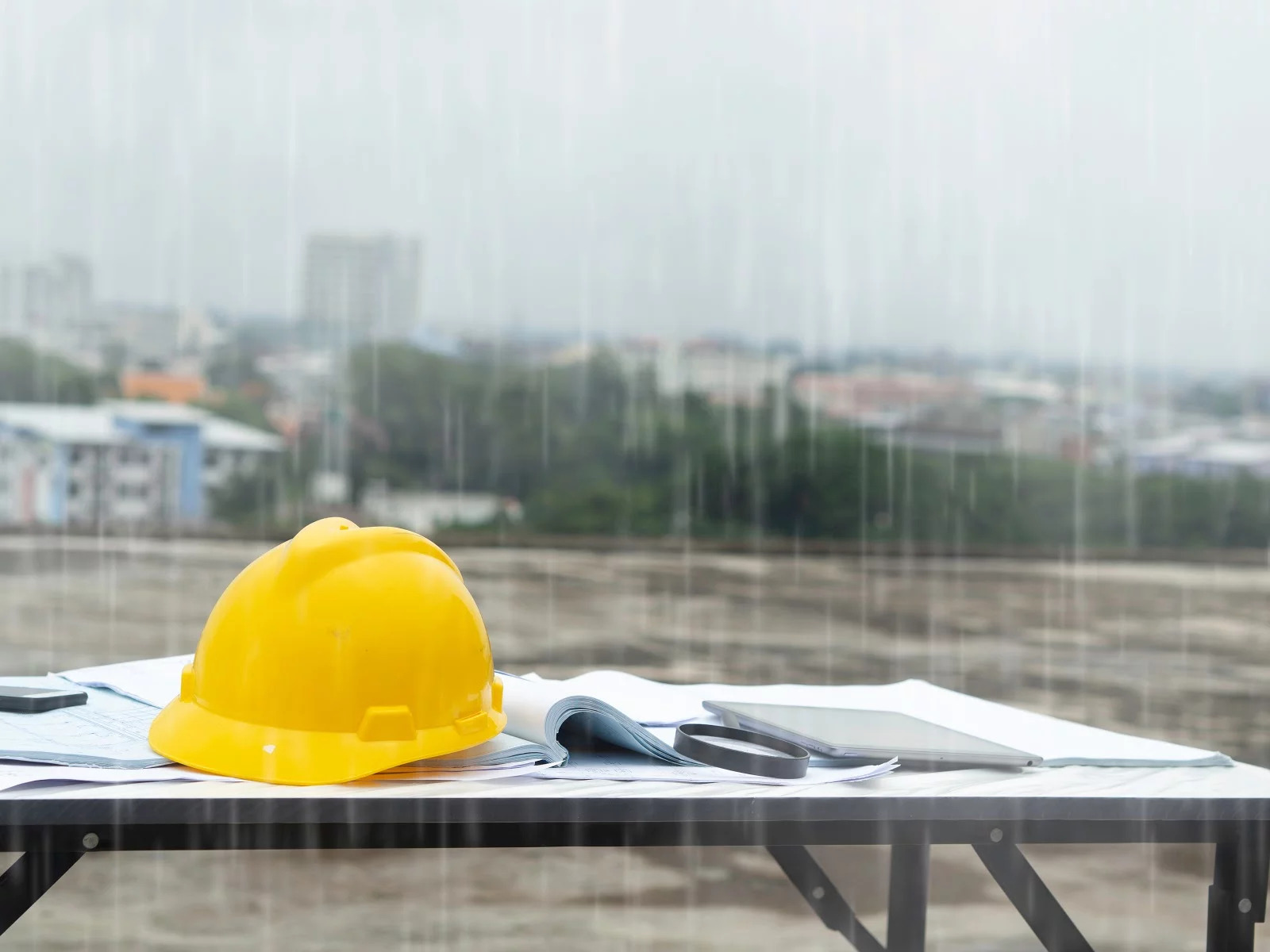

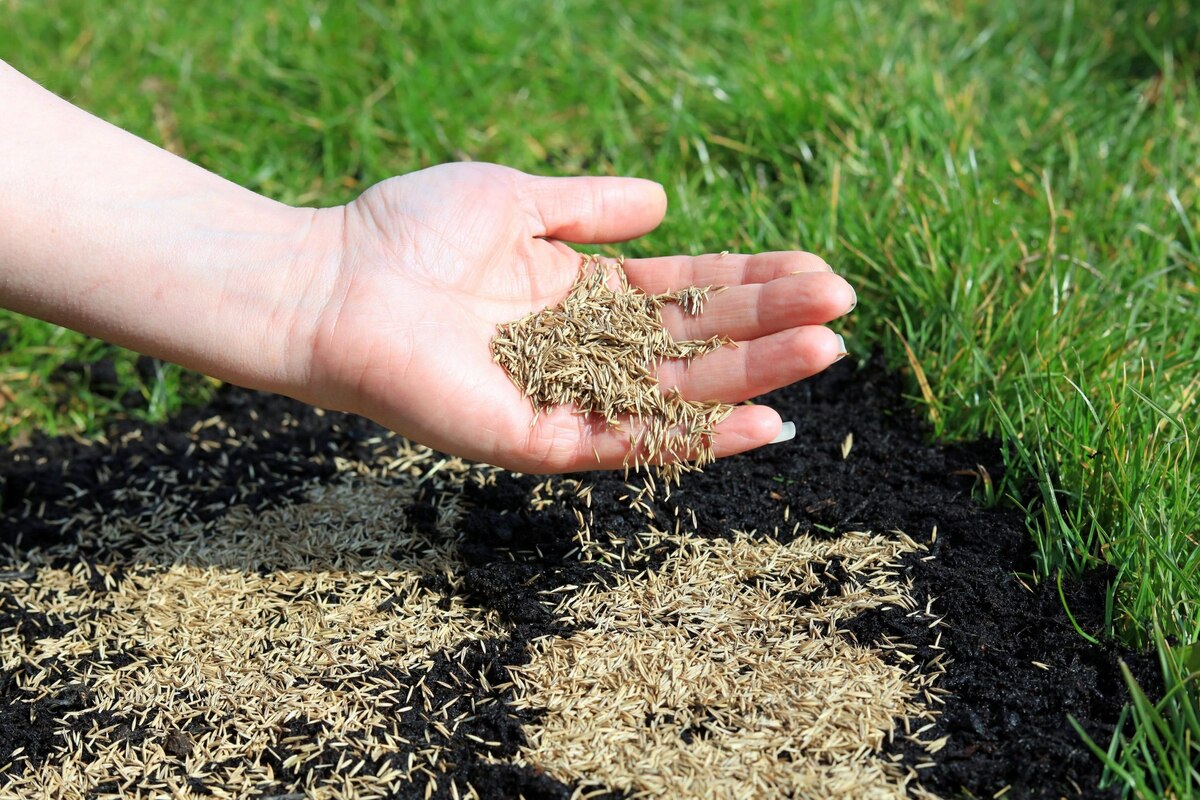
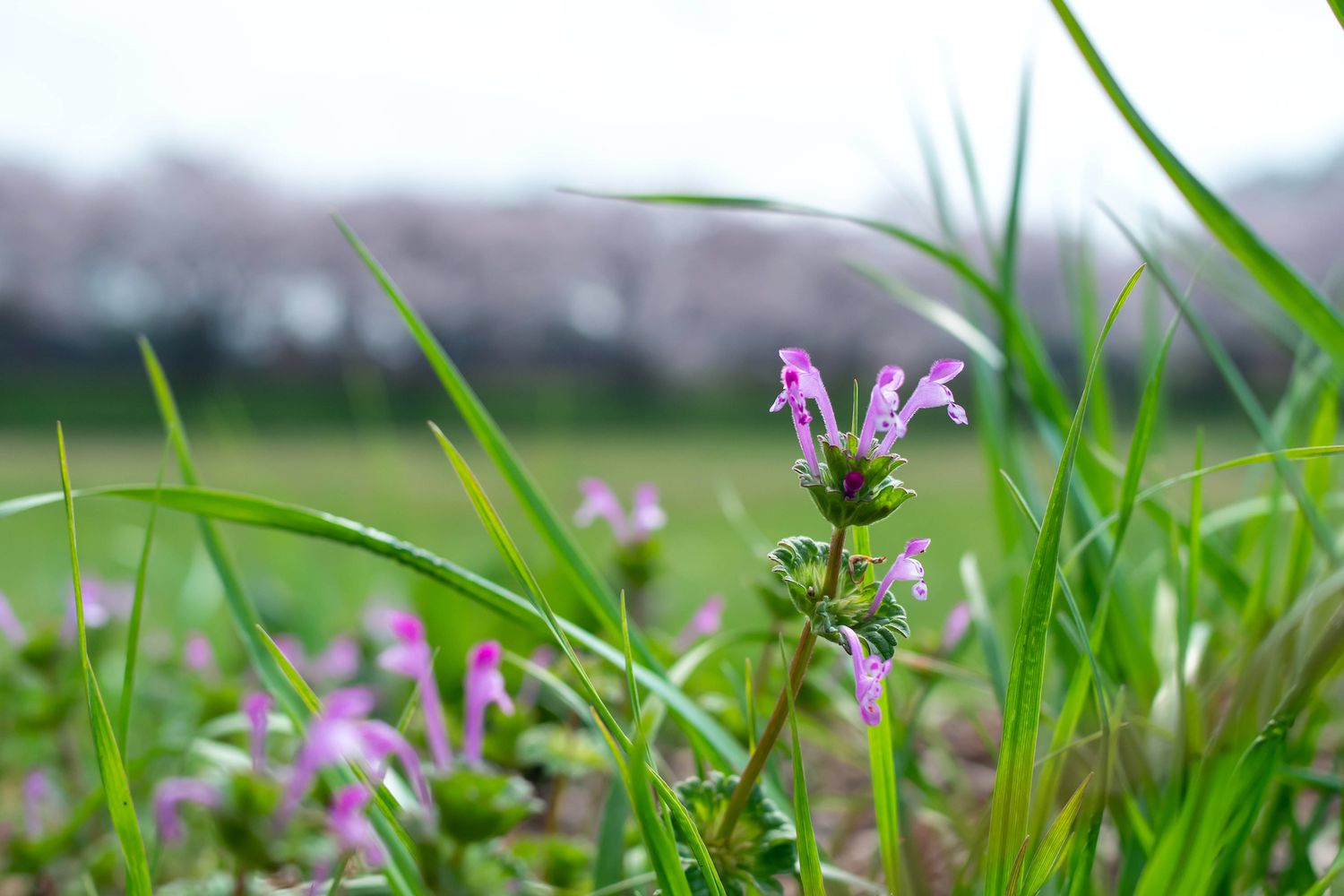
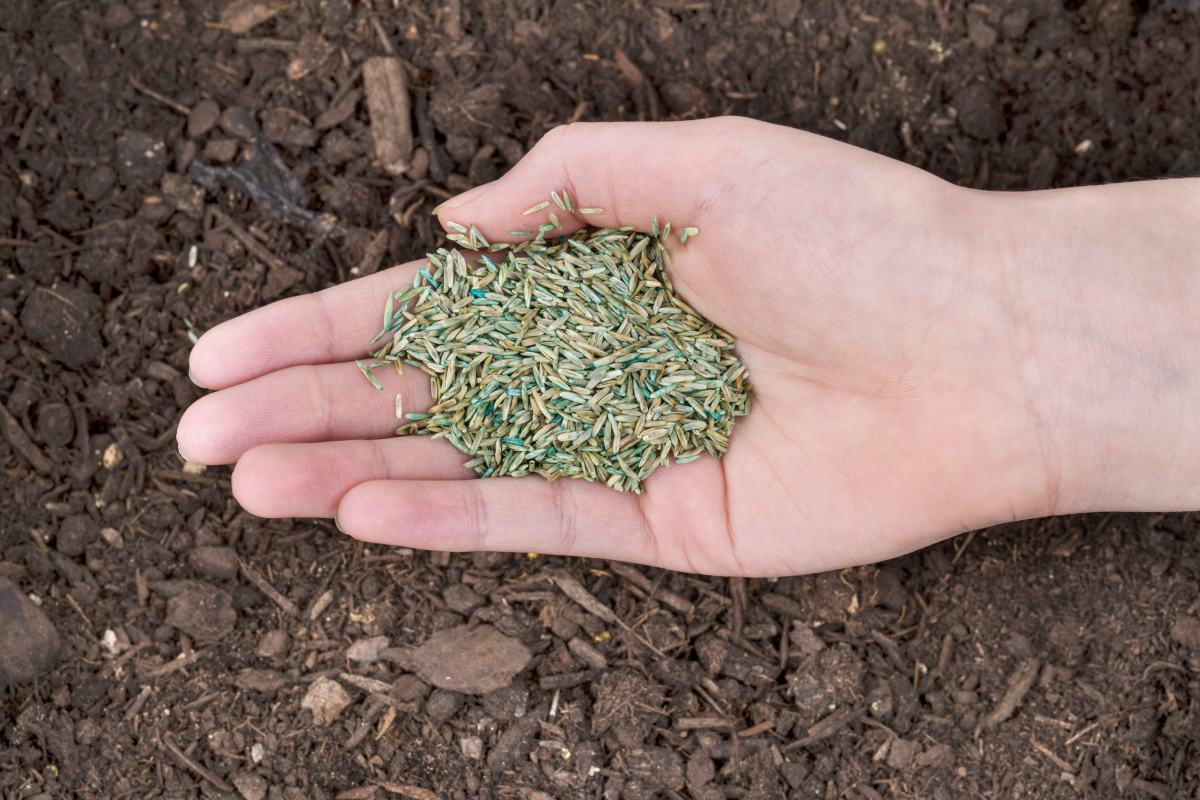
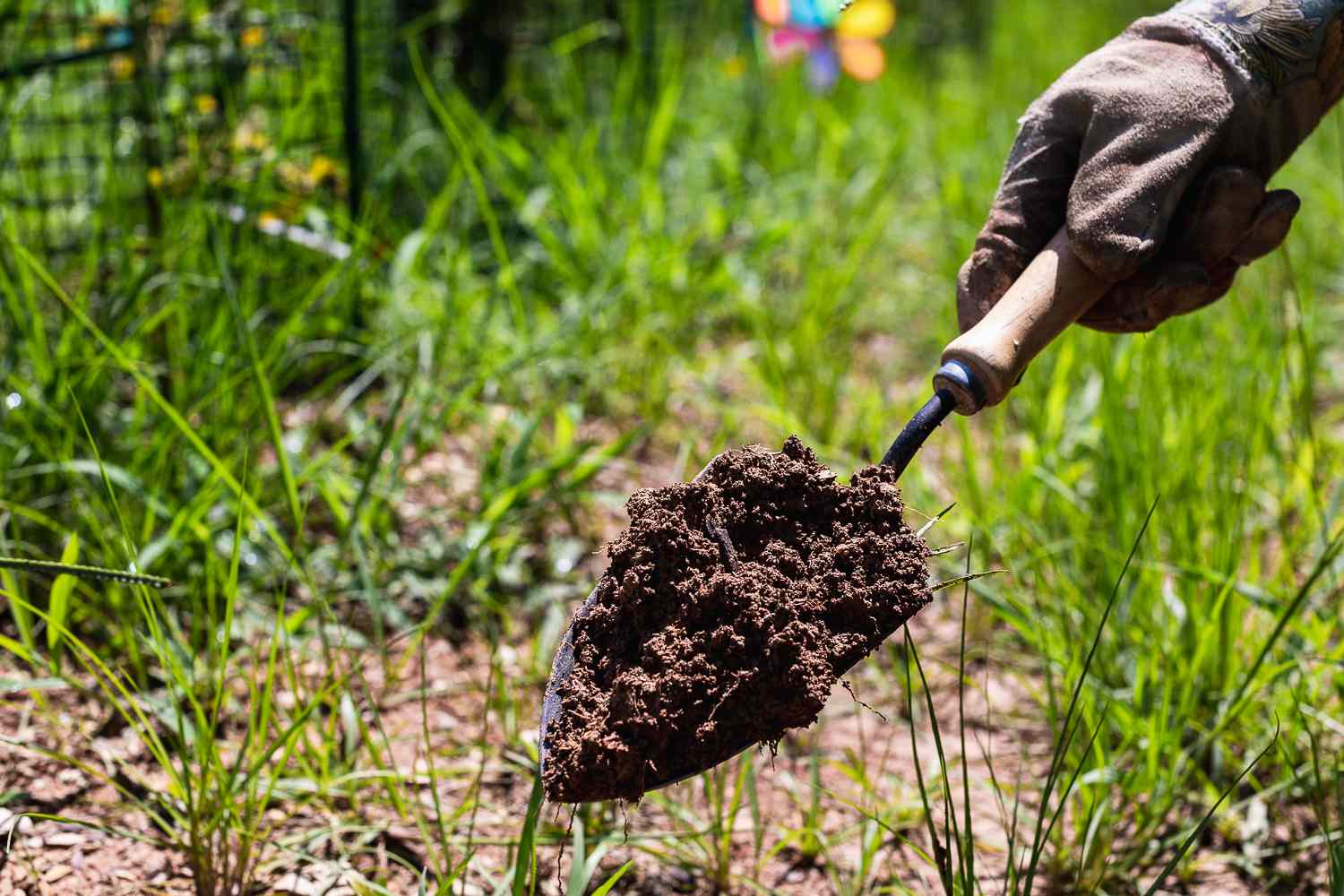
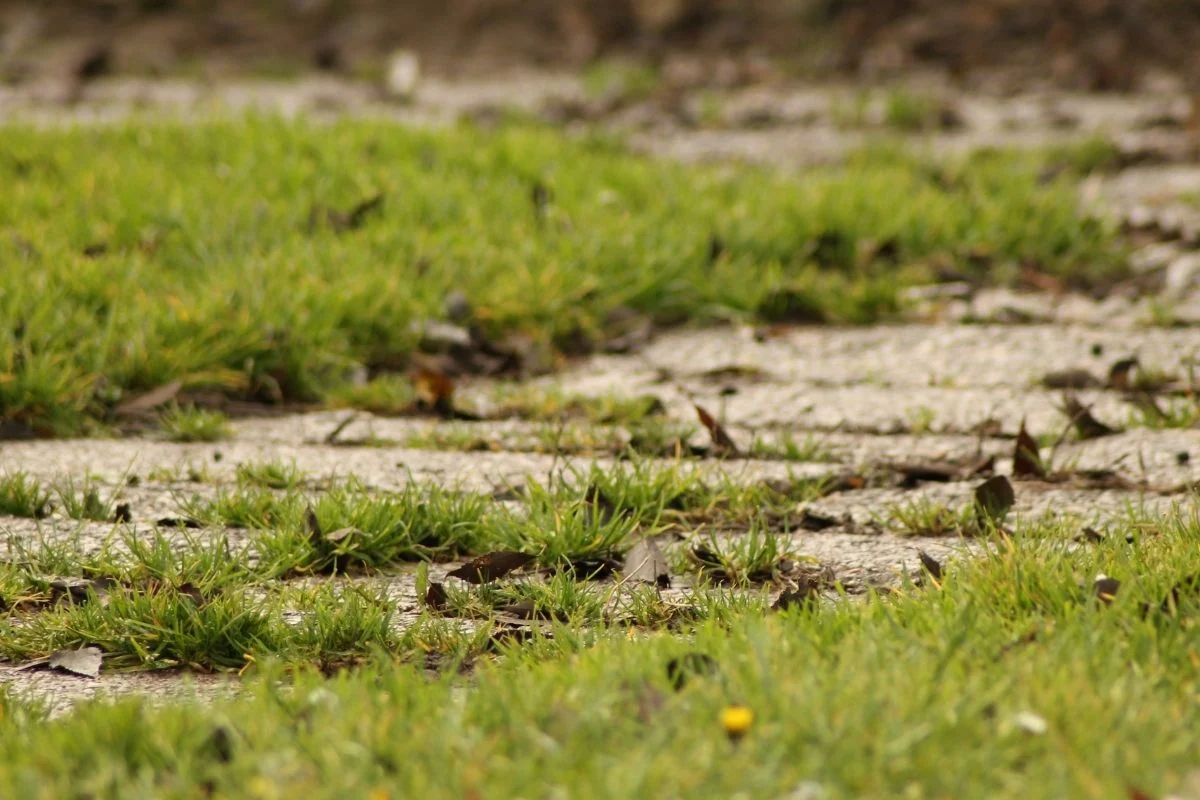
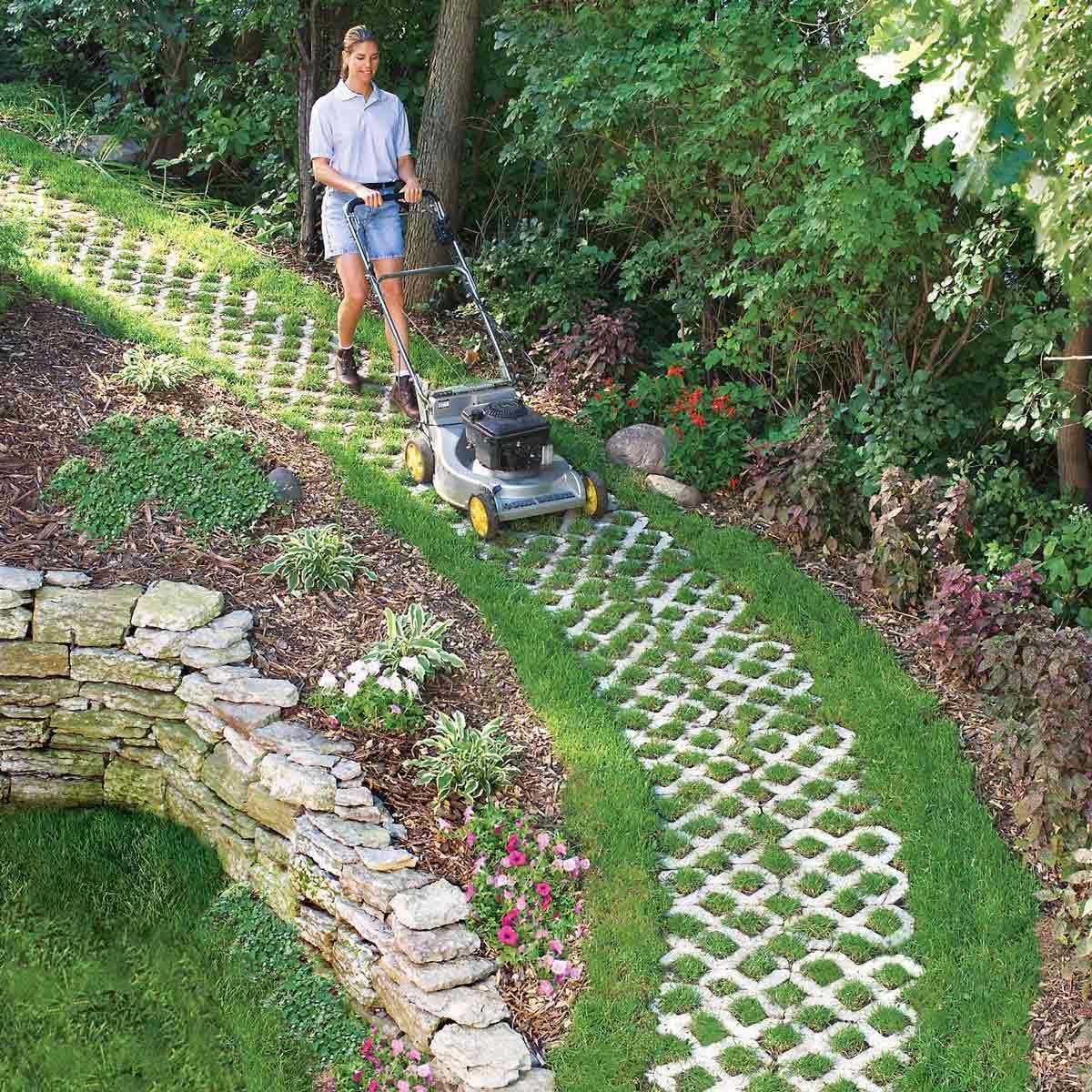

0 thoughts on “How Does Paving Over A Grass Meadow Affect The Watershed”